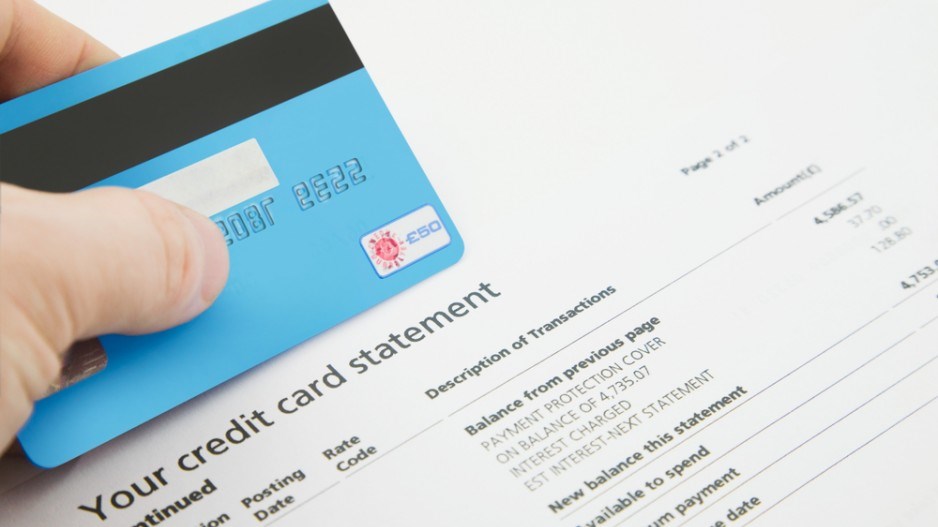Canadian net worth jumped to a record high in 2016’s second quarter, but household debt also jumped over that period.
Driven by rising housing prices, stock markets and falling yields, Canadian household net worth rose to 836% of disposable income.
Even with this rise, there is concern related to the accompanied increase in household debt ratios, which jumped to 168%. While this increase is consistent with the usual seasonal trend driven by mortgage debt growth, there is still concern about what this rising debt means.
“Even after adjusting for seasonal factors, the surge in the debt-to-income ratio—the largest jump in nearly 7 years—highlights the increasingly precarious position that Canadian households could find themselves in should an unforeseen shock materialize,” said Laura Cooper, economist for RBC, in a note to investors.
The rise in asset valuation is the result of increasing equity values in real estate. Household sector net worth was up 1.9% to $9,837 billion, or $271,300 per capita.
Canadians’ debt grew slightly more than their net worth. Where Canadians used to have $5.99 in assets for every $1 of debt, they now only have $5.92 of assets per dollar of debt. This caused the debt-to-asset ratio to rise almost 0.2 percentage points to 16.89%. Cooper said this trend is unlikely to continue into the future, meaning debt could rise at an increasingly higher rate than assets.
“The sustainability of this asset appreciation is becoming increasingly suspect given the emergence of a cooling in housing activity over the past few months, with home price gains likely to be more modest going forward,” said Cooper.
According to Cooper, the Bank of Canada’s limited ability to offset a negative shock has the bank signalling the need for fiscal measures and risk-limiting regulations to lessen the gap between household debt and assets.




